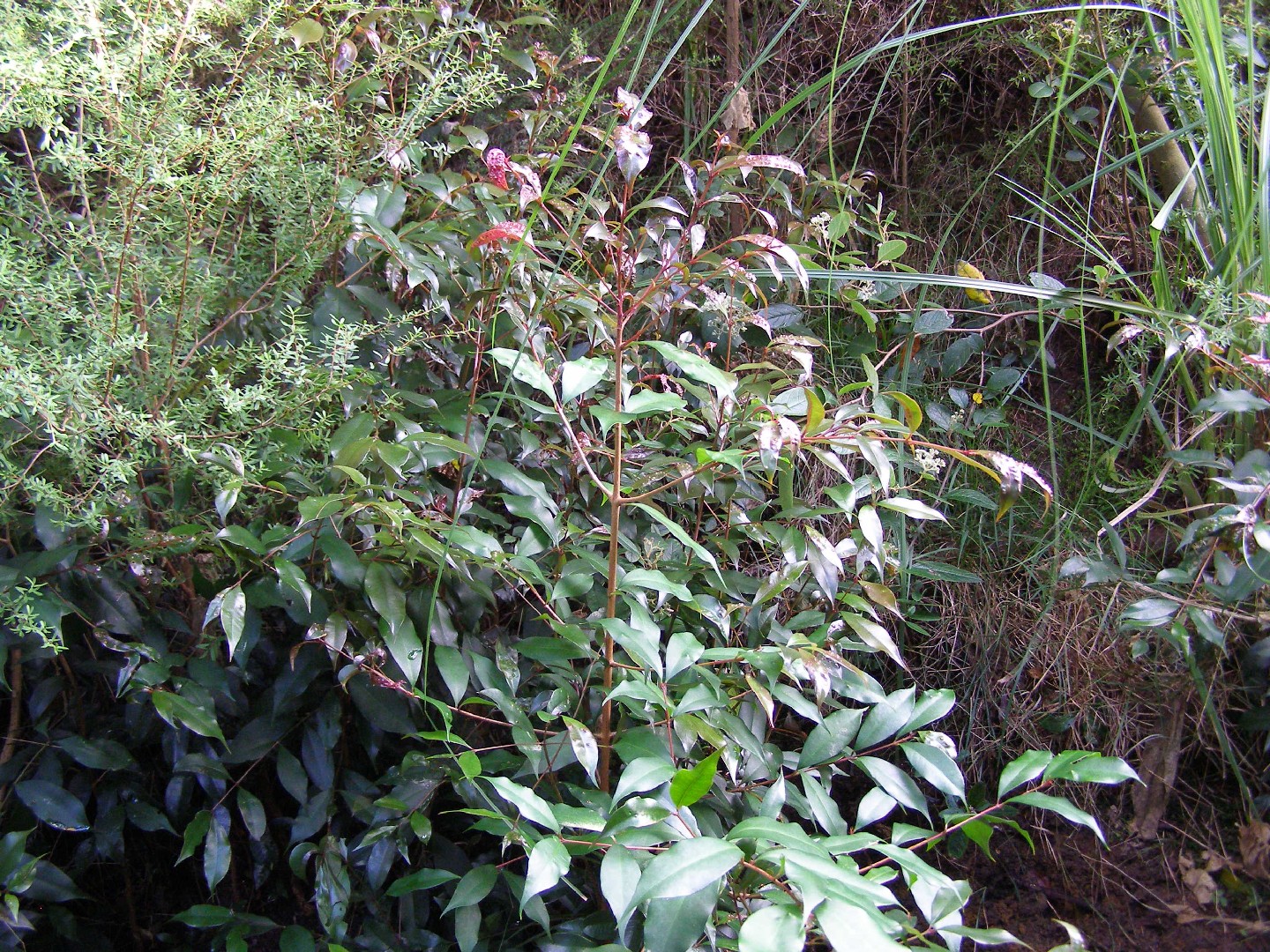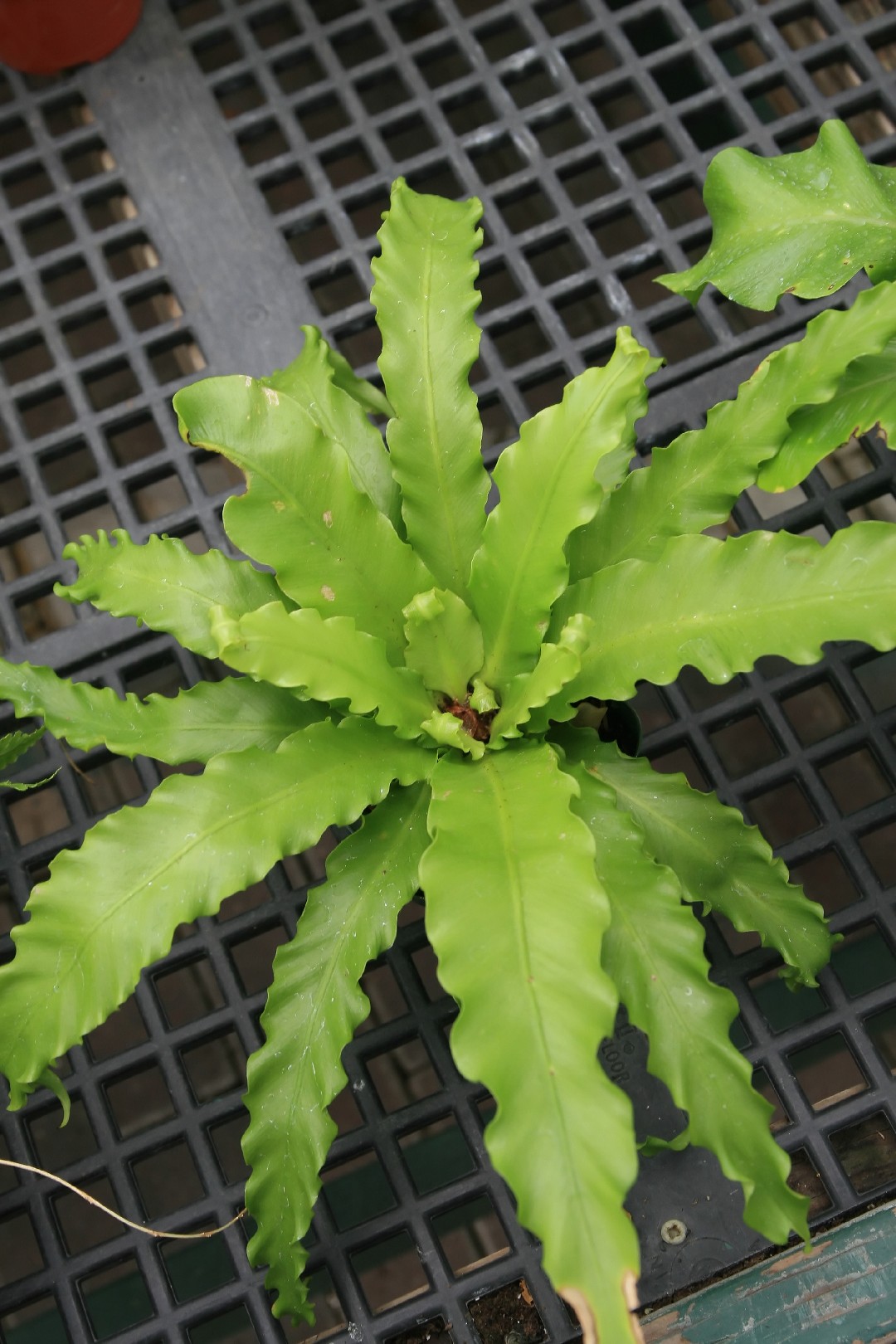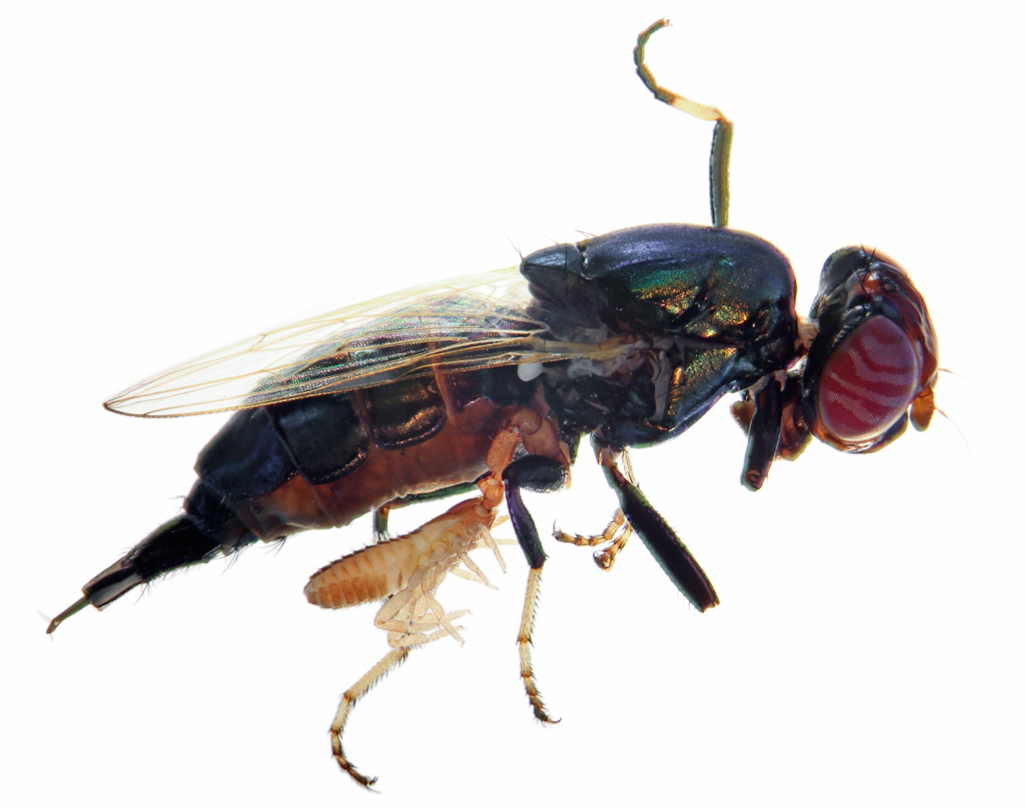Introduction: Understanding Bird Mites and Their Impact on Humans

Bird mites, tiny arthropods closely related to dust mites, are ectoparasites that infest birds and their nests. While their primary food source is bird blood, they can also bite humans, causing discomfort and irritation. These bites result in itchy, red welts that can disrupt sleep, lead to intense itching, and potentially cause secondary infections if scratched excessively. The constant feeling of being infested can also cause psychological distress.
Infestations occur when bird mites seek new food sources after leaving their original hosts or nests. They can enter human dwellings through gaps, cracks, or vents, attracted by warmth and sustenance. It’s important to note that bird mites cannot complete their life cycle or reproduce on humans alone. They rely on bird hosts for reproduction, surviving for a limited time on human hosts.
In the following sections, we will explore effective methods to eliminate bird mites, including temperature-based approaches such as heat and cold, as well as the use of pesticides. We will also discuss the benefits of eradicating bird mites and the temperatures required for successful elimination.
Temperature: A Powerful Weapon Against Bird Mites

Understanding the temperature thresholds that can effectively eliminate bird mites is crucial for control. Research suggests that sustained temperatures above 120°F (49°C) or below 32°F (0°C) can be lethal to these pests. However, bird mites can adapt and survive in unfavorable conditions for extended periods, so combining temperature treatments with other control measures is essential for more effective eradication.
Heat treatments provide a reliable method for killing bird mites. Techniques such as steam cleaning, hot water washing, and using a clothes dryer on high heat can effectively eliminate these pests and their eggs. Freezing temperatures can also be lethal, but alone, they may not completely eradicate an infestation. Combining temperature treatments with thorough cleaning, vacuuming, and pesticide applications significantly improves the chances of successful eradication.
By employing a comprehensive approach that combines temperature treatments with other control measures, you can mitigate the impact of bird mites and restore comfort and well-being in your environment.
Effective Methods to Eliminate Bird Mites

To eliminate bird mites, consider the following methods:
Temperature-Based Methods
-
Steam cleaning: Use a steam cleaner on infested surfaces such as carpets, upholstery, and bedding. The high temperature of the steam kills the mites and their eggs.
-
Hot water washing: Wash infested clothing, bedding, and washable items in hot water above 120°F (49°C). Using a dryer on high heat further aids in eliminating the mites.
-
Heat treatment: For severe infestations, professional heat treatment services can raise the temperature to lethal levels for the mites.
Chemical Treatments
- Insecticide sprays and dusts: Use insecticides formulated for mite control, following the instructions on the product label and taking necessary precautions.
Vacuuming
-
Use a vacuum cleaner with a HEPA filter: Capture tiny mites and allergens to reduce the risk of reinfestation.
-
Target infested areas: Thoroughly vacuum carpets, upholstery, and cracks in floors or walls.
-
Proper disposal: Dispose of the vacuum bag or empty the canister outside to prevent mites from re-entering your home.
Implementing a combination of these methods and maintaining good hygiene practices can significantly contribute to eliminating bird mites from your living environment. In the next section, we will delve into the safety considerations of using heat to kill bird mites.
Is It Safe to Use Heat to Kill Bird Mites?

Bird mites can infest birds and impact humans, but heat can effectively eliminate them. However, safety is crucial when using heat for mite eradication.
Bird mites are sensitive to high temperatures, with over 122°F (50°C) being lethal to them. Yet, simply raising the room temperature may not eliminate them entirely, as they hide in hard-to-reach areas.
For comprehensive mite eradication, professional heat treatment methods are recommended. Specialized equipment like steamers or heat chambers ensure even distribution of heat, reaching hidden mites.
To ensure safety, follow guidelines and instructions from experts or pest control professionals. Shield sensitive items from potential damage. Thorough cleaning and sanitation practices should accompany heat treatment to prevent re-infestation.
Consulting professionals is advisable for the most appropriate approach to deal with specific infestations. By prioritizing safety and expert advice, heat becomes a powerful tool against bird mites.
How to Use Heat to Kill Bird Mites

Bird mites can be effectively eliminated using heat treatments. Different methods can be employed depending on the infested area.
Hot water washing: Launder infested items in hot water at a temperature of at least 120°F (49°C) to kill bird mites.
Dry heat treatment: Place infested items in a dryer set to a high heat setting (120°F-140°F or 49°C-60°C) for at least 30 minutes.
Steam cleaning: Use a steam cleaner on furniture, carpets, and surfaces to expose mites to lethal temperatures.
Professional heat chambers or rooms: Seek professional pest control services for severe infestations. Specialized heat chambers or rooms can be heated to lethal temperatures for complete eradication.
Exposing mites to temperatures between 120°F and 140°F (49°C-60°C) for a sufficient duration ensures treatment effectiveness.
By employing these heat treatment methods, you can successfully eliminate bird mites and mitigate their impact on human health.
How to Use Cold to Kill Bird Mites

Cold temperatures can effectively kill bird mites and control their infestation.
Bird mites have limited tolerance for low temperatures, with freezing temperatures (32°F or 0°C) being lethal to them. Prolonged exposure to cold is necessary for effective eradication.
Follow these steps to utilize cold temperatures:
-
Identify infested areas: Locate bird nests, cracks, crevices, and hiding spots.
-
Reduce temperature: Increase ventilation by opening windows or using fans to create a colder environment.
-
Freezing: Expose infested items or areas to freezing temperatures using a freezer or dry ice. Maintain temperatures consistently below freezing.
Remember, lowering the temperature in your living space may not eliminate all mites. Severe infestations may require professional pest control services or additional measures.
In the next section, we will explore how pesticides can be used to kill bird mites and control their population.
How to Effectively Use Pesticides to Eliminate Bird Mite Infestations

Controlling and eliminating bird mite infestations requires the proper use of pesticides. Follow these steps to effectively use pesticides and restore a pest-free environment:
-
Identify the infestation: Before using any pesticide, identify the specific type of bird mite infestation you are dealing with. This will help you choose the most appropriate pesticide and application method.
-
Select the right pesticide: Choose a pesticide labeled for use against bird mites. Look for insecticides, acaricides, or miticides that have been tested and proven effective for this specific pest.
-
Read and follow instructions: Carefully read and follow the instructions on the pesticide label. Pay attention to recommended dosage, application method, and safety precautions.
-
Prepare the pesticide: If required, dilute the pesticide according to the instructions. Follow recommended safety measures, such as wearing protective clothing, gloves, and a mask.
-
Choose the application method: Select the appropriate method for applying the pesticide based on the severity of the infestation, the type of pesticide used, and the specific area being treated.
-
Apply the pesticide: Thoroughly cover the infested areas, paying close attention to common bird mite hiding spots. Take precautions when using pesticides indoors, such as covering food and removing pets from the area.
-
Monitor and repeat if necessary: Monitor treated areas for any signs of bird mite activity. If necessary, repeat the pesticide application within the recommended time frame to ensure complete elimination of the infestation.
Remember to use pesticides with caution. For severe infestations or if you are unsure about proper pesticide use, consult a pest control professional.
The Benefits of Eliminating Bird Mites
Eliminating bird mites offers several benefits, improving both human and animal lives:
-
Relief from physical discomfort: Bird mite bites can cause intense itching and irritation. By eradicating bird mites, individuals and pets can find relief from these symptoms and regain physical comfort.
-
Prevention of secondary infections: Constant scratching can lead to open sores and wounds, increasing the risk of bacterial infections. Eliminating bird mites significantly reduces the risk of secondary infections, promoting faster recovery.
-
Improved sleep quality: Bird mite infestations disrupt sleep patterns due to persistent itching and discomfort. Eliminating bird mites restores a peaceful sleep environment, promoting improved sleep quality and overall well-being.
-
Protection against property damage: Bird mites can infest furniture, bedding, and carpets, causing stains, odors, and damage. Prompt action to eliminate bird mites protects property and maintains a clean living space.
-
Alleviation of allergic reactions: Some individuals may develop allergic reactions to bird mite bites, experiencing symptoms such as hives, swelling, or respiratory issues. Removing bird mites reduces the likelihood of encountering these allergens, providing relief from allergic reactions and improved respiratory health.
-
Mitigation of transmission risks: Bird mites have the potential to carry and transmit certain diseases. Eliminating bird mites reduces the risk of disease transmission to oneself, pets, or other household members, maintaining a healthier living environment.
In conclusion, by effectively using pesticides and eliminating bird mites, you can experience relief from physical discomfort, prevent secondary infections, improve sleep quality, protect property, alleviate allergic reactions, and mitigate transmission risks. Take action against these pests to create a healthier and more comfortable living environment for yourself and your loved ones.
Conclusion: Controlling Bird Mite Infestations with Temperature

Temperature is a critical factor in managing and eliminating bird mite infestations. These small arthropods not only infest birds and their nests but also cause discomfort and skin irritation in humans. Fortunately, extreme temperatures, both hot and cold, can be effective in combating these pests.
Research indicates that bird mites are highly sensitive to temperature. Exposure to temperatures above 50-55 degrees Celsius (122-131 degrees Fahrenheit) can prove lethal to them. Heat treatment methods, such as steam or hot air, can be employed to raise temperatures and eradicate the mites. However, maintaining consistent high temperatures throughout an infested area can be challenging and may require professional assistance.
Alternatively, bird mites are also vulnerable to cold temperatures. Freezing temperatures below -18 degrees Celsius (0 degrees Fahrenheit) can effectively eliminate these pests. It is crucial to ensure that freezing temperatures reach all infested areas, including cracks, crevices, and nests, for complete eradication.
When faced with a bird mite infestation, consulting pest control professionals with expertise in temperature-based treatments is recommended. They can assess the severity of the infestation and determine the most suitable approach for eliminating the mites effectively.
In summary, bird mites can be controlled and eradicated by utilizing temperature-based treatments. Exposure to temperatures above 50-55 degrees Celsius (122-131 degrees Fahrenheit) or freezing temperatures below -18 degrees Celsius (0 degrees Fahrenheit) can prove fatal to these pests. Seeking prompt professional assistance and implementing appropriate measures are vital for successfully addressing bird mite infestations.
Remember, swift action and proper treatment are key to successfully managing bird mite infestations.
Frequently Asked Questions
Frequently Asked Questions
Q: What temperature kills bird mites?

A: Bird mites are highly sensitive to temperature. Sustained temperatures above 120°F (49°C) or below 32°F (0°C) can be lethal to bird mites.
Q: Can heat treatment effectively eliminate bird mites?
A: Yes, heat treatment can effectively eliminate bird mites. Techniques such as steam cleaning, hot water washing, and using a clothes dryer on high heat can kill the mites and their eggs.
Q: Can cold temperatures kill bird mites?

A: Yes, cold temperatures can effectively kill bird mites. Freezing temperatures below 32°F (0°C) can be lethal to these pests.
Q: Do bird mites hide in hard-to-reach areas during heat treatment?

A: Bird mites can hide in hard-to-reach areas during heat treatment if the temperature is not evenly distributed. Professional heat treatment methods using specialized equipment ensure even distribution of heat, reaching hidden mites.
Q: Are pesticides effective in eliminating bird mites?

A: Pesticides can be effective in eliminating bird mites. It is important to choose pesticides labeled for use against bird mites and follow the instructions on the product label for proper application and safety precautions. Consulting a pest control professional is advisable for severe infestations or if unsure about proper pesticide use.


Leave a Reply